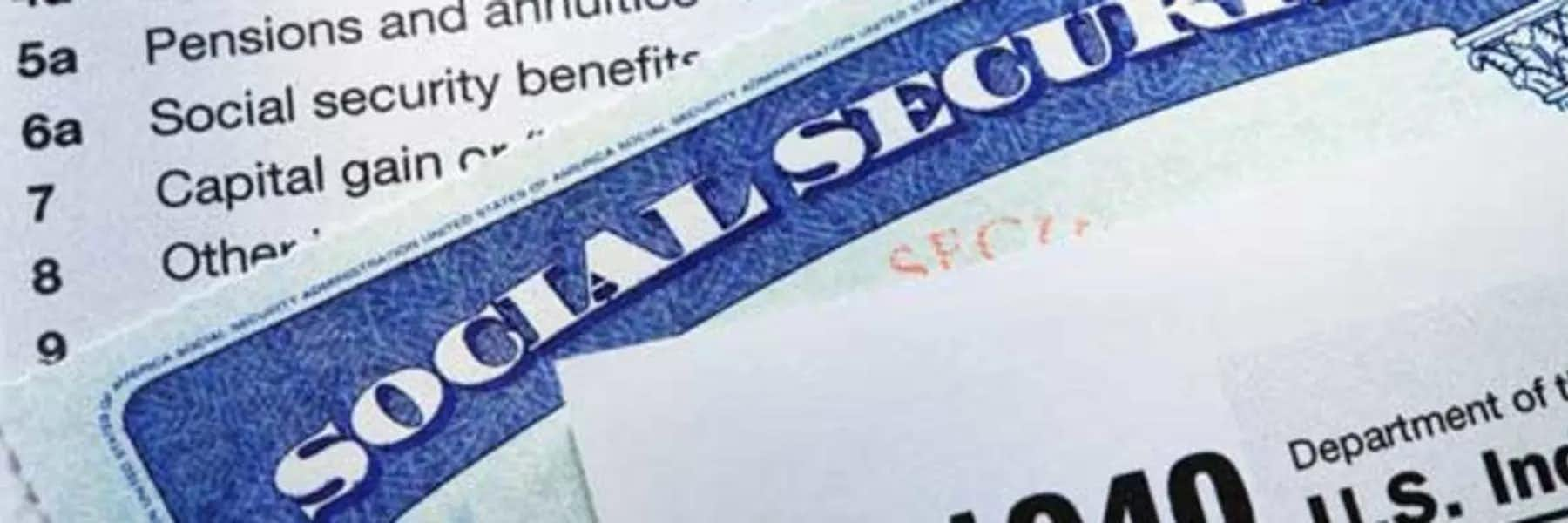Determining your best Social Security claiming strategy ought to be the first step in creating a sound retirement plan: all the other pieces of your financial picture can then be most effectively arranged based on this decision.
While this approach is gaining wider acceptance in the financial planning community, not so long ago the process went more like this:
Financial Planner: “You say you want to retire at 65? Sounds good! First, thing we’ll do is have you start your Social Security, then see how best to tap your savings (and any other financial assets you have) to fund your retirement…”
I doubt that this was ever a sound strategy. However, it is certainly poor strategy today for nearly everyone.
Based on current life expectancies, the vast majority of retirees will live long enough to come out far ahead if they wait to claim their benefits later—a subject I cover in great detail in my Masterclass as well as in my book. Many will come out hundreds of thousands of dollars ahead!
Given that it makes financial sense to wait to claim our benefits later, the fundamental planning question becomes: “How can I bridge the time between when I leave the workforce and when I start my benefits (at an age close to 70 for most people)?”
What You Don’t Know About Social Security Could Cost You Six Figures
Clearly, we have to live on other financial resources in the meantime. While we may have a mix of other income sources, such as net rental income, a traditional pension, etc., most of us will be relying on our savings to bridge the gap, typically a mix of after-tax and deferred-tax savings (IRAs, SEPs, 401k, 403b,).
Why You Need to Think About Tax
Many savers develop substantial amounts in their deferred-tax accounts over the years: good for you! But what’s your strategy for moving those into after-tax assets?
Some advisors recommend you delay tapping into these assets as long as possible, so the deferred-tax amounts can continue to grow.
However, the tax has to paid some day and I believe it’s important to consider the timing.
Starting at age 72, Uncle Sam requires you to draw down your retirement account savings through something called Required Minimum Distributions.
The amount of your required distributions from your deferred-tax accounts can cause more and more of your Social Security benefits to be included in taxable income.
Here are two reasons this is important.
Reason 1: Save Your Social Security from Tax
Imagine Amy, single taxpayer, with substantial deferred-tax savings of $600,000 at age 65. She has other savings to live on between now and age 70 when she plans to start her benefits. Assume further that she has no other income.
Under current law she could draw down $15,700 resulting in zero tax—this is the amount of her single and 65 or over deductions. She could take an additional $11,000 ($26,700 total) at the 10% tax bracket: that’s $1,100 federal tax on a taxable income of $26,700, about 4.1% tax rate overall.
Or, she could draw down an additional $33,725 at the 12% tax bracket: results in $4,053 more in tax for a total federal tax of $5,153 on $60,475 of taxable income: 8.5% average tax rate.
Over five years withdrawing to the top of the 12% bracket, she would drain over $300,000 from her deferred-tax savings. At age 72 when her Required Minimum Distributions start, the amounts would be roughly half as much (depending on earnings over those five years).
The lower distributions would likely lower and possibly eliminate any taxes on her Social Security! (We can very approximately double all these figures for joint filers.)
Reason 2: Save Your Heirs from Tax
The second reason Amy might want to aggressively reduce her deferred-tax savings and lock in a lower tax rate while she can is in consideration of her possible heirs.
Any living heir besides a living spouse who inherits her deferred-tax accounts must draw the inherited balance to zero over the ten years following the year first received.
If the heir happens to be in their peak earnings years, they could easily be required to receive this money at a marginal tax bracket of 24% 32%, 35% or even higher! That could wipe out much if not all of the benefit of deferring the tax in the first place.
Our Social Security benefits are not only valuable, the strategy for claiming them should take a central position in our retirement planning. Only this approach can permit us to avail ourselves of the tax strategies that will serve us best in our future finances.
They key is to understand exactly how this invaluable benefit program works in the context of your other finances.
